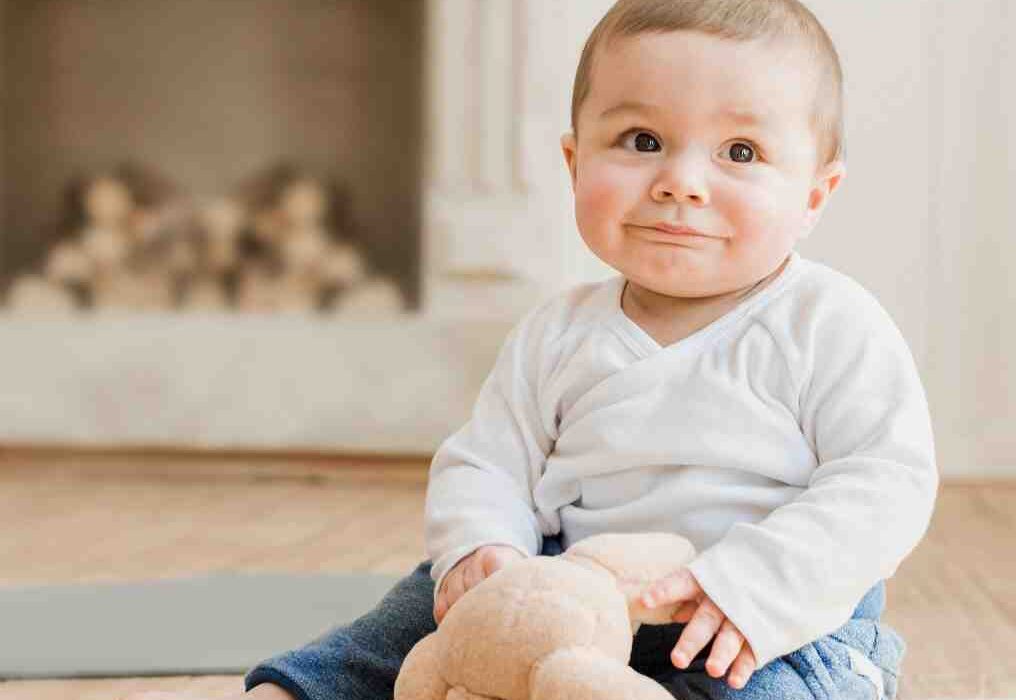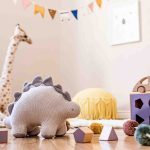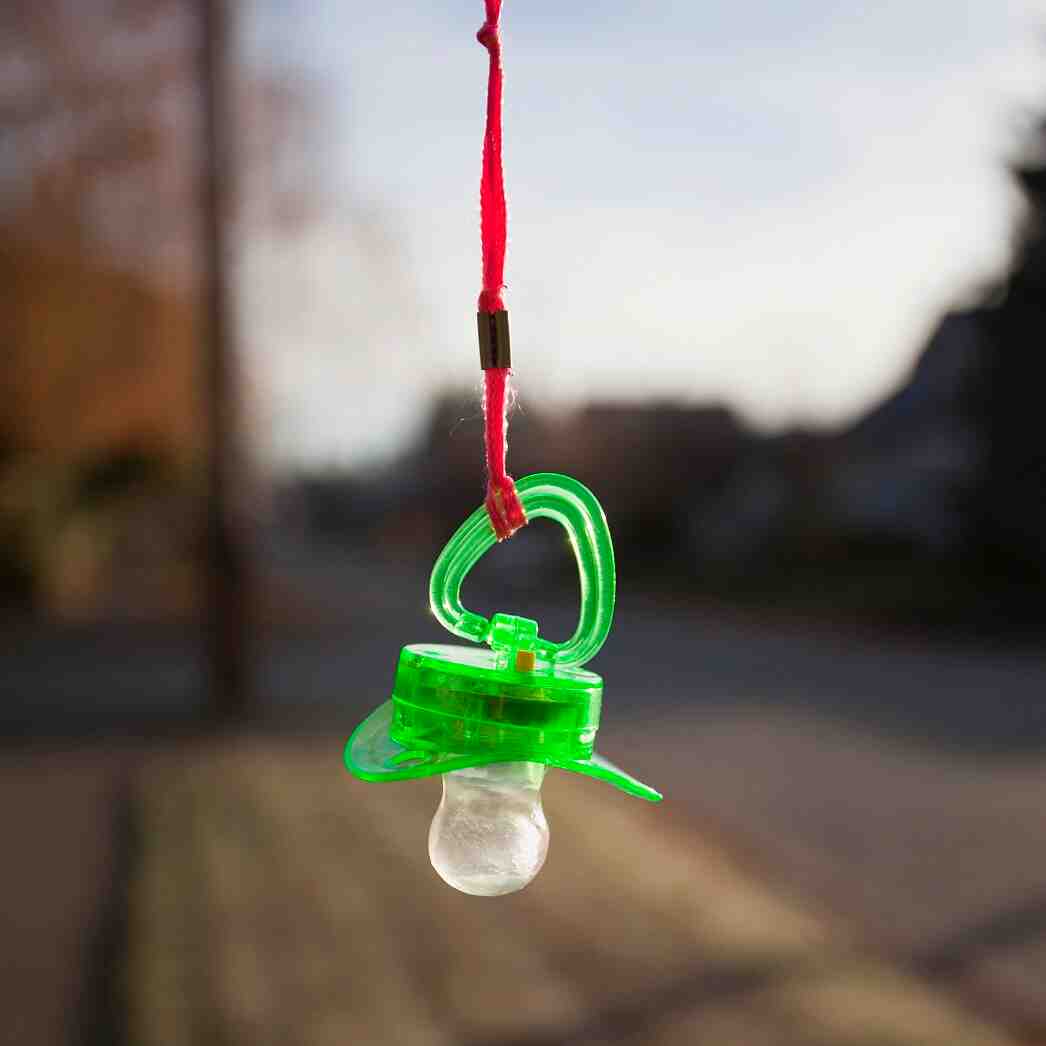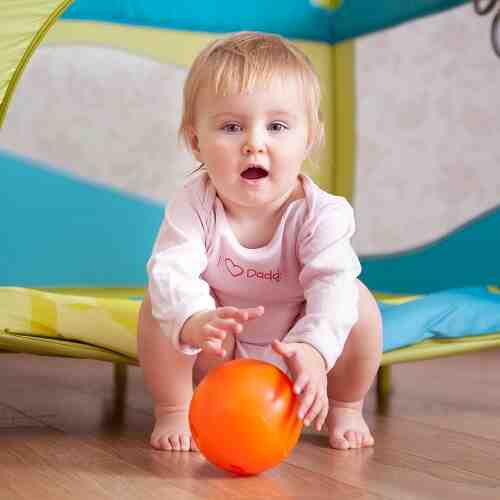How to Store and Maintain Baby Teethers
Baby teethers are essential for soothing sore gums during the teething process, but proper storage and maintenance are crucial to ensure they stay clean, safe, and in good condition. Keeping your baby’s teethers well-maintained will not only promote hygiene but also extend the life of the products. Here’s a comprehensive guide on how to store and maintain baby teethers to keep them safe for your little one.
1. Why Proper Storage and Maintenance Matter
Proper storage and maintenance of baby teethers are important for several reasons:
- Prevents contamination: Baby teethers often come into contact with various surfaces, which can introduce bacteria and germs. Proper cleaning and storage help prevent these contaminants from affecting your baby.
- Prevents wear and tear: Over time, teethers may wear down or become damaged due to improper storage. Storing them correctly can prevent unnecessary damage, keeping them in good shape for longer.
- Ensures safety: Damaged or cracked teethers can become choking hazards. Maintaining your teethers ensures that they remain safe for your baby to use.
2. How to Properly Clean and Maintain Baby Teethers
Before storing baby teethers, make sure they are properly cleaned. Here are some general maintenance tips for different types of teethers:
a. Silicone and Plastic Teethers
- Clean after every use: After your baby uses the teether, wash it with warm, soapy water. You can use a soft brush or sponge to scrub off any dirt, food particles, or saliva.
- Sterilize occasionally: Silicone and plastic teethers can be sterilized by boiling them in water for a few minutes, placing them in the dishwasher (if labeled dishwasher safe), or using a UV sterilizer. This will kill bacteria and ensure they are safe for the next use.
- Inspect regularly: Check for cracks, tears, or any signs of wear that could make the teether unsafe for your baby.
b. Wooden Teethers
- Gentle cleaning: Wooden teethers should not be soaked in water, as excessive moisture can cause them to warp or crack. Instead, wipe them with a damp cloth and mild soap.
- Disinfect with vinegar: To sanitize, mix equal parts water and white vinegar and use a soft cloth to wipe the surface of the teether. Be sure to dry it thoroughly after cleaning.
- Condition the wood: Occasionally, treat the wood with natural oils like coconut oil to keep it moisturized and prevent it from drying out and cracking.
c. Gel-Filled Teethers
- Hand wash only: Gel-filled teethers should not be submerged in water for long periods. Use warm, soapy water and a soft cloth or sponge to clean the surface.
- Avoid heat: Do not use boiling water or the dishwasher to clean gel-filled teethers, as it could damage the gel or cause leaks.
- Check for damage: Regularly inspect for cracks or leaks. If any gel leaks out, dispose of the teether immediately, as it could pose a choking hazard.
3. How to Store Baby Teethers
Proper storage is essential to keeping teethers hygienic and safe. Here are the best practices for storing baby teethers:
a. Keep Teethers Dry
- Avoid moisture buildup: Store teethers in a dry place. Moisture can lead to the growth of mold or bacteria, especially in wooden or fabric-based teethers.
- Use a clean, dry container: Consider storing teethers in a clean, dry container or a storage bag that is dedicated solely to your baby’s teething items. This helps keep them away from dust and other contaminants.
b. Store in a Cool, Safe Place
- Avoid direct sunlight: Prolonged exposure to sunlight or heat can damage some types of teethers, especially gel-filled or plastic ones. Keep the teethers away from windowsills, radiators, or any area that gets excessively hot.
- Avoid extreme temperatures: While some teethers need to be refrigerated or frozen for cooling relief, they should be removed from the fridge or freezer after use. Avoid leaving them in the fridge for extended periods when not in use.
c. Use a Dedicated Storage Container
- Teether storage box: Consider using a small storage box to keep all of your baby’s teething toys together. The box should be easy to open and close, and large enough to fit a few teethers. You could use a plastic or fabric container with a secure lid to keep the teethers clean.
- Teething toy pouch: For on-the-go storage, a small, breathable fabric pouch can help keep teethers clean and easily accessible when you’re traveling. Look for pouches with mesh or perforations for ventilation.
4. How to Handle Baby Teethers When Traveling
- Use a travel-friendly case: If you need to bring teethers with you while out and about, choose a compact, travel-friendly case that’s easy to pack in your diaper bag. This will protect the teether from dirt and germs during transport.
- Keep teethers clean: Before using a teether that has been in your diaper bag, clean it thoroughly. This ensures that it hasn’t picked up any germs from the surrounding environment.
5. How to Safely Discard Damaged Baby Teethers
Baby teethers should be discarded if they show any of the following signs of damage:
- Cracks or breaks: If the teether is cracked or broken, it can become a choking hazard. Always check for signs of wear and tear before allowing your baby to use the teether.
- Gel leakage: For gel-filled teethers, if the gel leaks out due to a tear or puncture, the teether should be thrown away. The leaking gel may pose a risk if your baby accidentally ingests it.
- Discoloration or odor: Discoloration or any unpleasant odor could indicate the buildup of bacteria or mold, and the teether should be discarded.
6. When to Replace Baby Teethers
Even if your baby’s teether appears to be in good condition, it’s a good idea to replace them after a certain period of use or if they are showing signs of significant wear and tear. Depending on the material and usage frequency, you should consider replacing teethers every 6-12 months or as needed.
Conclusion
Storing and maintaining baby teethers properly is an essential part of ensuring your baby’s safety and comfort during teething. Regular cleaning, inspection for damage, and proper storage will not only keep your baby’s teethers hygienic but also ensure they remain safe and durable for use. By following the best practices for maintenance and storage, you can ensure that your baby’s teethers continue to provide relief during the teething process and last longer.





